Have you ever noticed that the advertisements of smartphones look alike?
It is interesting to find out that advertisers love to ask celebrities to put their products close to faces.
Is it true that advertising agencies are lazy for their jobs? In fact, those ads are already approved by their clients so that you can see them on air. Then, why do clients accept such “boring” repetitive creatives?
As we discussed before, people’s attention is selective, like a bottleneck. We can only focus on something at one time and are blind to others, aka inattention blindness.
(Further reading: Inattentional Blindness : Do You See Any Brands in the World Cup?)
Chinese brands are willing to spend millions of dollars on celebrity marketing, just for one reason – get people’s attention.
Probably, brand owners are afraid that people only focus on celebrities and cannot see their products. Therefore, the best way is to put the products closer to the celebrities’ faces.
We Are in the Age of Attention War
Nowadays, we are exposed to about 3000-5000 ad messages daily.
It is the age of attention economics. Attention is a scarce resource – a person has only so much of it. (Matthew Crawford).
For marketers, we are thereby in the age of Attention War.
All the brands are fighting so hard to earn attention from customers.
We need to pay high to bid for more attention. And, it is why advertising is so expensive, especially in China.
In order to spend your marketing expenses more effectively, you need to understand “attention”.
And, neuromarketing is the best way to understand what drives our attention – use a scientific way to dig out what are hidden in consumers’ brains.
Afterall, human behavior is somehow driven by unconscious mind – customers always can’t explain or even don’t know about why.
Top-down Attention: Branding War
In our brain, attention can be categorized into two distinct processes: top-down and bottom-up attention. Let’s take some simple examples to explain.
If you are looking for something particular in a supermarket, such as buying Heineken beers for your World Cup gathering, this is called top-down attention. You have a goal in mind which determines where you are looking for, just like finding Waldo hidden in “Where’s Waldo?”.
The prefrontal cortex and parietal cortex of the brain is engaged. Simply speaking, it is the Neocortex, our Thinking Brain that is activated in the top-down attention.
Top-down attention is memory-dependent and intentional. You need to focus on your mental energy, think hard about what you want to look at. People have difficulty paying attention to more than one item simultaneously so if the brand is strong enough, people will be inattentionally blind to your competitors.
For instance, it is very difficult to make Apple fans to shift brand even though Android smartphones have more powerful features and cheaper prices.
In my previous article, you can see how powerful of brand image is to influence consumers’ preference for Coca-Cola in an experiment called Pepsi Challenge. The study showed that Coca-cola tasted better if people knew it was Coca-Cola during the test. In reality, people actually preferred the taste of Pepsi more in the blind test.
(Further reading: Unlock The Buy Button Inside Your Customers’ Brains.)
Therefore, marketers are willing to invest so much resources in brand building because we want to implant a dominant brand image in customers’ brains.
This is why brand itself has value.
According to the latest Interbrand report, Apple is the top global brand with brand value of $184,154 million dollars while Coca-Cola ranks No. 4 with brand value of $69,733 million dollars.
Bottom-up Attention: Guerrilla War
Back to our supermarket case.
While you are shopping, you are accidentally attracted by something that you didn’t intend to buy.
For example, a tempting bread smell or a beautiful promotion girl selling a new beer. You don’t intend to look for those products. The touch-point promotion automatically grabs your attention.
This is called bottom-up attention.
Bottom-up attention is memory-free, impulsive and reactive, driven by salient stimuli.
When your eyes are detecting something that grab your attention, such as contrast, density, brightness, movement, changes, etc. Your eyes are responsive to those stimuli and then give the signal to the thalamus of the brain. The thalamus projects further to the primary visual cortex, the back of your brain.
Bottom-down attention is like guerrilla war.
Even though your brand can never compete with Coca-Cola, you still have chance to win if you can use effective marketing stimuli at the touch points. The stimuli should be great enough to shift their attention to yours and you will have a better chance to steal their customers.
According the study by Millie, if you can make a product more visually appealing, then you can have higher chance that people are going to look at it automatically, and also the likelihood that they are going to buy it.
Predict Customer Attention by Neurovision
We can measure customer attentions by using biometric sensors to reveal exactly what a person is looking at, whether he has positive or negative feelings and the intensity of that feelings.
For instance, we use eye-tracking to analyze eye movements, measure and quantify visual attention. It then reveals how, when & what people see, gaze position and pupil dilation.
We can also use computational neuroscience tools to predict bottom-up attention without even testing any people.
Thomas Zoëga Ramsøy, Assistant Professor of Copenhagen Business School, introduced NeuroVision, an automated image and video analysis tool that predicts the most visually salient features of an image or video frame with 85% accuracy.
By analysing images and videos, you gain new insights into what attracts visual attention, how complex an ad or a scene/store is, and how to use these results to improve your success with customers.
I’m not going to go through the details but just show you some interesting slides on how Neurovision can do.
By measuring attention through neurosciences tools, it helps tap into the deep unconscious in consumers. This allows us to better understand and improve on our marketing and creativity.
About Author
click here to connect with the author
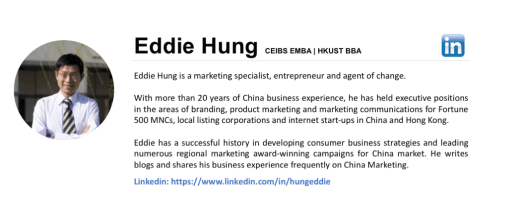
More articles about NeuroMarketing
Inattentional Blindness : Do You See Any Brands in the World Cup?
Unlock The Buy Button Inside Your Customers’ Brains.
Customer Segmentation by Self-Construct
Reference
Thomas Zoëga Ramsøy, Consumer Neuroscience and Neuromarketing
Crawford, Matthew B. (March 31, 2015). “Introduction, Attention as a Cultural Problem”.
Interbrand Report: https://www.interbrand.com
Neurovision: https://www.neuronsinc.com

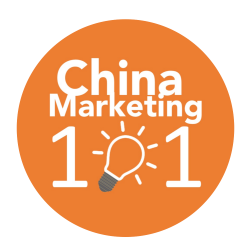


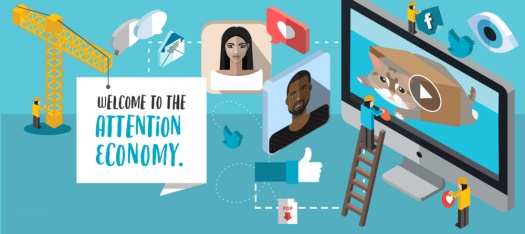
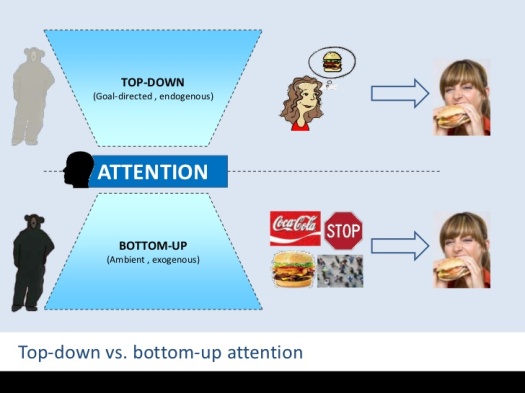
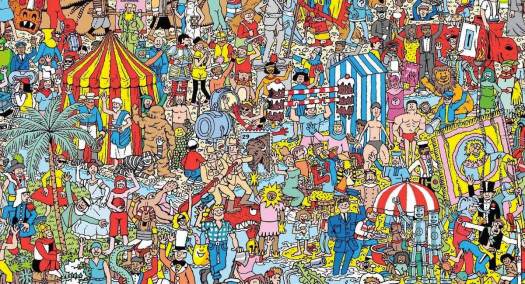
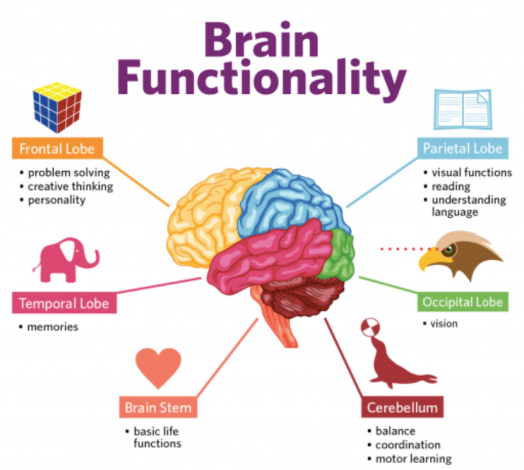
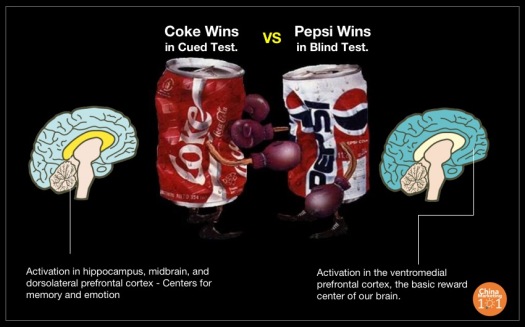
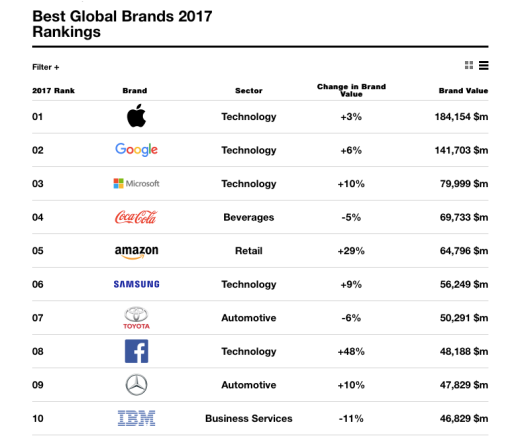
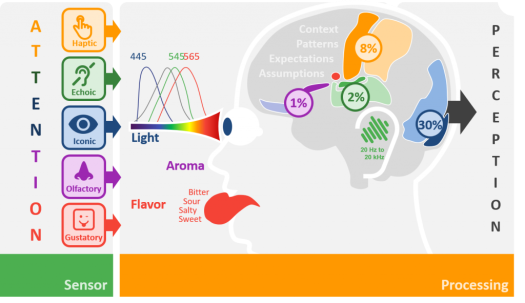
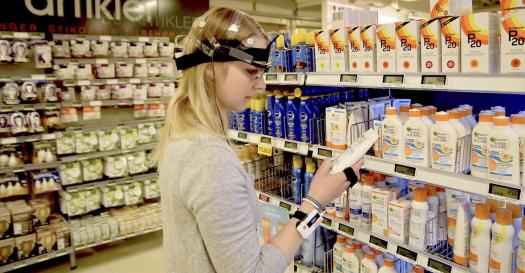
Graet …Thanks for Sharing
LikeLike
WOW ………….Thanks For Sharing
LikeLike